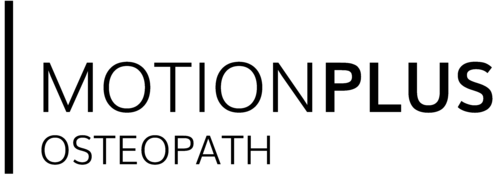That irritation with your Rotator cuff muscle
Shoulders are an interesting topic the reason why I say that is because they are comprised of so many structures that act upon them. For the next couple of post, I’m going to break it down for you over the next couple of week. The reason why is that there is so much information that you can talk about when discussing the shoulders that it wouldn't give the shoulder topic justice, by just briefly touching on it.
Our shoulders are built for mobility, we can swing them around, reach behind the back of our chair in the car while driving. More importantly for the CrossFit community, it's when going overhead with your barbell.
Due to the anatomy, I going to break this down to just rotator cuff muscles this week.
Anatomy of the Rotator Cuff muscles
The Rotator cuff is a common name for the group of four distinct muscles that provide strength and stability to the shoulder. The muscles arise from the scapula (shoulder blade) and connect to the head of the humerus (arm bone), forming a cuff at the glenohumeral joint.
Flexion
Extension
Internal Rotation
External Rotation
Adduction
Abduction
There are four rotator cuff muscles that act upon the shoulder.
Subscapularis
Supraspinatus
Infraspinatus
Teres minor
As mention, these rotator cuff help move the shoulder around while helping stabilise the shoulder so that the ball does not come out of its socket.
Important barbell movements in CrossFit that are influenced by the rotator cuff muscles are
Snatch
Overhead squats
Push Press
Clean and Jerk
Of course, we can not forget the gymnastics movements because they will be influenced by the muscles.
The important stuff.
When rehab or prehab the shoulder promote all movements listed above, however, within the CrossFit Community, I find external rotation is a great promoter of shoulder health.
Resistant Bands
Have two resistant bands attached to a high point eg a rig or a pull-up bar. Grab onto the bands, make sure one band is in each hand. Focus on pulling the elbows backwards, so that they are pointing behind you and your arms should be at 90 degrees abduction (away from the side of the body), this should look similar to a rowing movement, only thing is you will be standing. Once as you have completed this movement, keep your elbows pointing backwards, now you are going to externally rotate your arms, so your hands will go backwards and you will have created another 90-degree angle at the elbows, your fist should be position so it is pointing towards the ceiling. From this position, you will push your hands towards the ceiling. An Important note, is to keep your arms in external rotation, and as you are pushing up towards the ceiling try to aim your arms to go up at a 90-100 degree angle.
Repeat this exercise 5-8 reps and do this 3-4 times a week.
Angel wings
With the two resistant bands, you can cross the bands’ over. Holding them in your hands you are going to pull the bands down towards your outside of your hips. Once as you have completed this movement you will proceed to taking the bands up overhead like if you were making angel wings like how some people do in the sand at the beach or in the snow at the mountain. An important note is to try to keep your arms in external rotation.
Repeat this exercise 5-8 reps and do this 3-4 times a week.
Mobilisation
Mobilisation of the rotator cuff can be difficult but what you can do is use a lacrosse ball or tennis ball. Lay on the ball, with it just on the side of your scapular (shoulder blade). Next, you are going to repeat the same movement that I have just explained however this time you will have no resistant band.
Mobilisation 45 seconds to 1 minute both shoulders
There are a multitude of exercises for the shoulders
Other strengthening exercises look at my tragic traps post and try those exercises out.
If pain persists in your shoulder do seek advice from your healthcare professional.
Take home message
External rotation is an important movement that gets neglected, always try and incorporate external rotation when promoting shoulder health.

